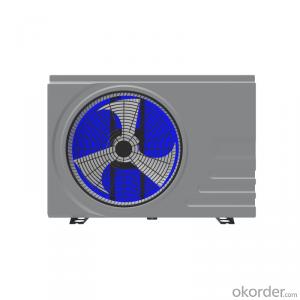35kw Solar Inverter
35kw Solar Inverter Related Searches
Best Inverter Solar Panel Solar Panel On Roof Rack Inverter To Solar Panel Ratio Solar Panel Decking Lights Solar Panel Inverter Box 1000 Watt Solar Panel Inverter 12 Volt Solar Panel Inverter Plastic Solar Lanterns Buy Solar Panel Inverter Solar Panel Inverter CostHot Searches
Type Of Inverter For Solar Types Of Inverter For Solar Used Solar Inverter For Sale Inverter Size For Solar System Solar Edge Inverter For Sale 5kw Solar Inverter For Sale Solar Inverter For Sale Solar Inverter For Battery Solar Inverter For Split Ac Solar Inverter For Laptop Solar Inverter For Fridge Solar With Inverter Price Solar Inverter With 2 Battery Solar Inverter Price In China Best Solar Inverter In China Solar Inverter Price In Dubai Solar Inverter Price In Uae Solar Inverter Price In Kenya Solar Inverter Price In Kerala Solar Hot Water Collectors For Sale35kw Solar Inverter Supplier & Manufacturer from China
Okorder.com is a professional 35kw Solar Inverter supplier & manufacturer, offers integrated one-stop services including real-time quoting and online cargo tracking. We are funded by CNBM Group, a Fortune 500 enterprise and the largest 35kw Solar Inverter firm in China.Hot Products
FAQ
- Yes, solar cells can be recycled. The process involves separating and recovering valuable materials like silicon, silver, and aluminum from the cells. This not only reduces waste but also allows for the reuse of these materials in the production of new solar cells.
- The expected degradation rate of a solar cell can vary depending on various factors such as the quality of materials used, manufacturing processes, environmental conditions, and maintenance practices. However, on average, a well-designed and properly maintained solar cell can experience an annual degradation rate of around 0.5% to 1%. This means that over time, the solar cell's efficiency may decrease by 0.5% to 1% per year.
- Yes, solar cells can be used for indoor applications. However, their efficiency is significantly reduced compared to outdoor use due to limited access to direct sunlight. Indoor solar cells can still generate electricity from artificial light sources, but they are typically less productive and may require additional lighting to optimize their performance.
- How can I calculate the cost of using solar cells if I put a fully-functional solar system in my house?
- Oh gosh, that would a lot, are you really ready to see your bill?
- Solar cells are not affected by electromagnetic fields from power lines as they are designed to convert sunlight into electricity and not sensitive to external electromagnetic interference.
- Solar cells require very little maintenance. They are designed to be durable and require minimal attention once installed. Regular cleaning to remove dust and debris is recommended, and occasional inspections to ensure proper functioning are advisable. Other than that, solar cells are known for their long lifespan and low maintenance requirements.
- How about the solar cell 156mm Mono-Crystalline?
- If you are getting this kind of solar cells-Mono Solar Cell measure by 156mm, the light intensity is 1000W/㎡, 25 ℃, AM1.5
- Yes, solar cells can be used to power wireless communication networks. Solar cells are capable of converting sunlight into electricity, which can be stored in batteries or directly used to power various devices, including wireless communication equipment. This renewable energy source offers a sustainable and environmentally friendly solution for powering wireless networks in remote or off-grid locations. Additionally, advancements in solar cell technology have made them more efficient and cost-effective, making them a viable option for powering these networks.














































